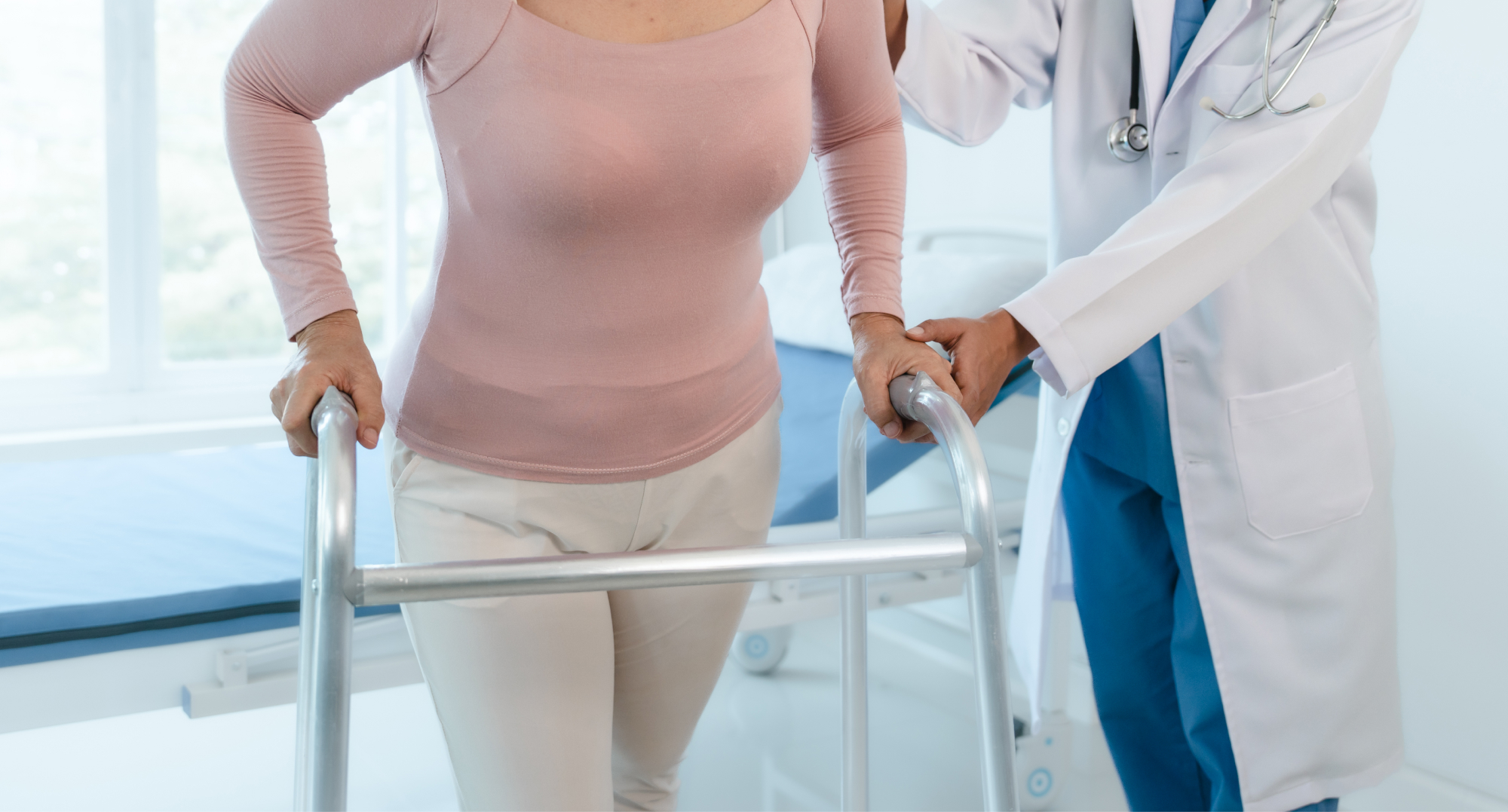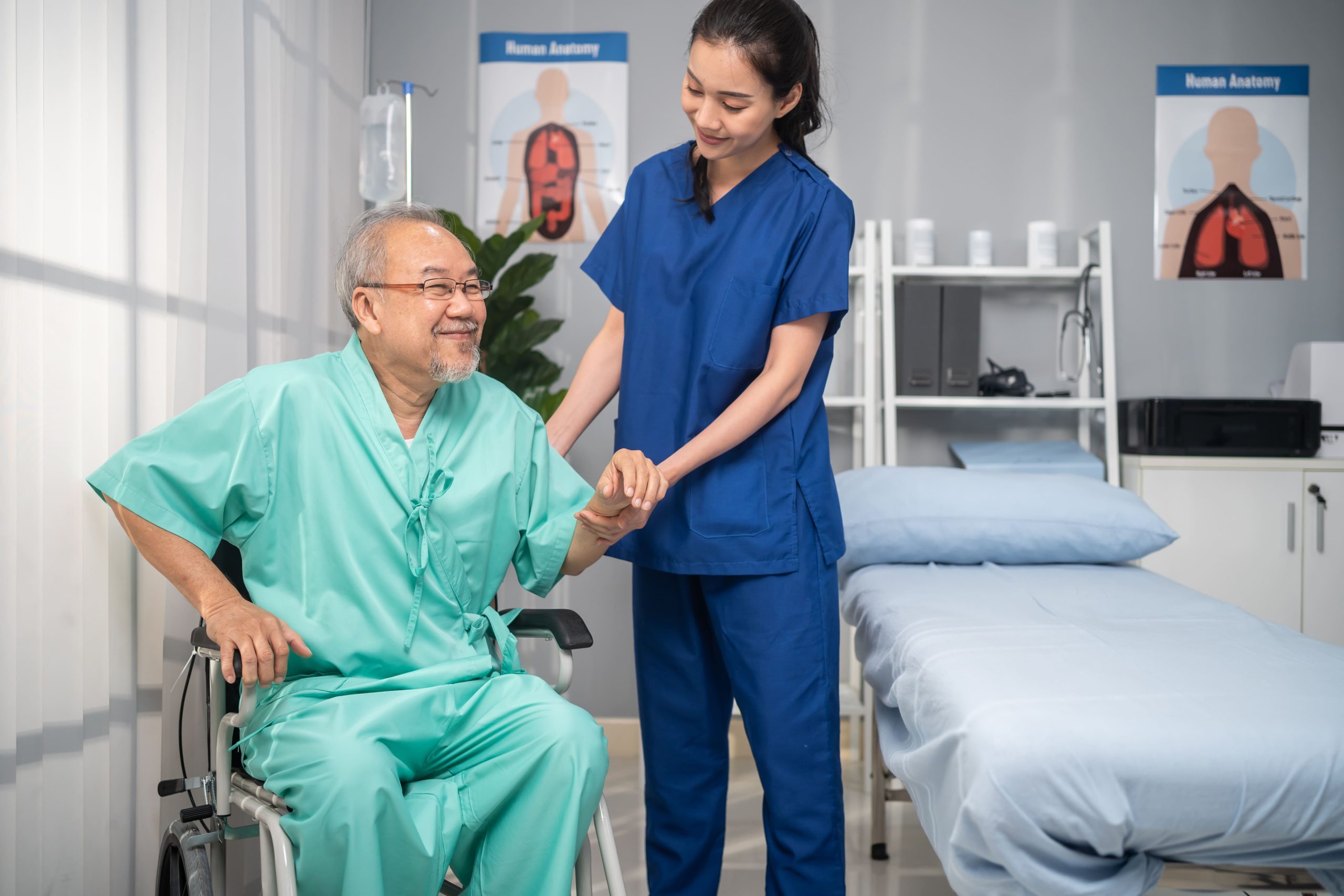Understanding Hip Replacement and Dislocation Risks
Hip replacement, formally known as hip arthroplasty, is a surgical procedure where a damaged hip joint is replaced with an artificial implant. This operation is conducted to relieve pain and improve mobility in individuals suffering from conditions like osteoarthritis or severe injury.
Despite the high success rate of hip replacements, there is a slight risk of dislocation post-surgery. A dislocation occurs when the artificial ball of the hip joint comes out of its socket. This complication, although relatively uncommon, can cause pain, instability, and a need for further surgical intervention.
Key Factors Contributing to Dislocation Risk After Surgery
The risk of hip dislocation post-replacement surgery is influenced by several key factors. These include:
Patient-Related Factors
- Age and Physical Condition: Older patients or those with muscle weakness may have a higher dislocation risk.
- Lifestyle and Activity Level: High-impact activities or certain movements can increase dislocation risk.
Surgical Factors
- Type of Surgical Approach: The approach used in surgery (anterior, posterior, or lateral) affects dislocation risk, with each having its advantages and disadvantages.
- Dr LS Wang is a dual fellowship Hip Surgeon with close to 2 decades of experience. His expertise include minimally invasive hip replacements with a keen focus on direct anterior and direct superior approaches. These approaches lead to enhanced recovery with less pain. The Direct Anterior and Direct Superior approaches are muscle sparing approaches with less restrictions placed after surgery due to greater stability of the prosthetic hip joint.
- Experience and Technique of the Surgeon: Surgeons with extensive experience and precision in hip replacement surgeries can reduce the risk of dislocation.
- Implant Selection and Positioning: The type and positioning of the artificial hip joint play a crucial role in ensuring its stability.
Anatomical Factors
- Patient’s Anatomy: Variations in individual anatomy can influence the stability of the hip joint post-surgery.
- Muscle and Soft Tissue Condition: The condition of muscles and soft tissues surrounding the hip joint can affect joint stability.
Post-Operative Care To Prevent Dislocation
Activity and Movement Guidelines
- Gradual Mobilisation: Patients are encouraged to start walking with assistance soon after surgery under medical supervision.
- Adhering to Movement Restrictions: Certain movements, particularly those that strain the hip joint, should be avoided to prevent dislocation.
Use of Assistive Devices
- Walking Aids: Using crutches, walkers, or canes as advised to help in movement without stressing the new hip joint.
Recommended Movements and Activities
Post-hip replacement, certain movements and activities are recommended to aid recovery and prevent dislocation. These include:
Safe Exercises
- Gentle Walking: Initially with the aid of walking devices and gradually increasing as per tolerance.
- Specific Exercises: Prescribed by the physiotherapist to strengthen hip muscles without overstraining the joint.
Daily Activities
- Sitting and Standing: Techniques to sit and stand that avoid putting excessive strain on the hip.
- Bending and Reaching: Safe methods to bend and reach objects, adhering to movement restrictions.
Long-Term Activity Recommendations
- Gradual Return to Normal Activities: Resuming regular activities should be gradual, guided by pain and comfort levels.
- Low-Impact Exercises: Activities like swimming or cycling are generally safer options in the long term.
Movements and Activities to Avoid
After a hip replacement, certain movements and activities should be avoided to reduce the risk of dislocation. These include:
High-Risk Movements
- Deep Bending: Avoid bending over deeply at the waist, as it puts pressure on the hip joint.
- Crossing Legs: Refrain from crossing the operated leg over the midline of the body.
- Twisting Motions: Sudden twisting movements of the hip should be avoided.
Activities Involving High-impact
- Running and Jumping: High-impact activities can stress the new joint and should be avoided, especially in the early recovery phase.
- Heavy Lifting: Lifting heavy objects can strain the hip joint and surrounding muscles.
Certain Postures
- Low Seating: Sitting on low chairs or toilets that force the hip into a tight bend can increase the risk of dislocation.
Importance of Physiotherapy and Rehabilitation
Physiotherapy and rehabilitation play a crucial role in the recovery process after a hip replacement. These interventions are designed to:
Strengthening and Flexibility Exercises
- Muscle Strengthening: Targeted exercises to strengthen the muscles around the hip joint.
- Flexibility Training: Gentle stretching to improve the range of motion.
Balance and Coordination
- Balance Exercises: Activities that enhance balance and coordination, reducing the risk of falls.
Customised Rehabilitation Plans
- Individualised Approach: Each patient’s rehabilitation plan is tailored to their specific needs and recovery goals.
- Progress Monitoring: Regular assessments to monitor progress and adjust the rehabilitation plan as needed.
When to Seek Medical Attention For Dislocation
Patients must know when to seek medical attention after a hip replacement. Key indicators include:
Signs of Dislocation
- Sudden Severe Pain: An abrupt increase in pain in the hip area.
- Difficulty in Moving: Challenges in walking or moving the leg.
- Visible Deformity: Any noticeable change in the shape or alignment of the hip or leg.
Conclusion
Monitoring pain, attending regular follow-ups, and knowing when to seek out your orthopaedic surgeon will help to prevent dislocation after hip replacement. By taking these measures, patients can significantly reduce the risk of dislocation and ensure a successful recovery, maintaining the function and longevity of their hip replacement.
Dr LS Wang is a dual fellowship trained surgeon in Hip Replacements. He specialises in minimally invasive hip approaches (Direct Anterior and Direct Superior) which leads to faster recovery and less pain.




